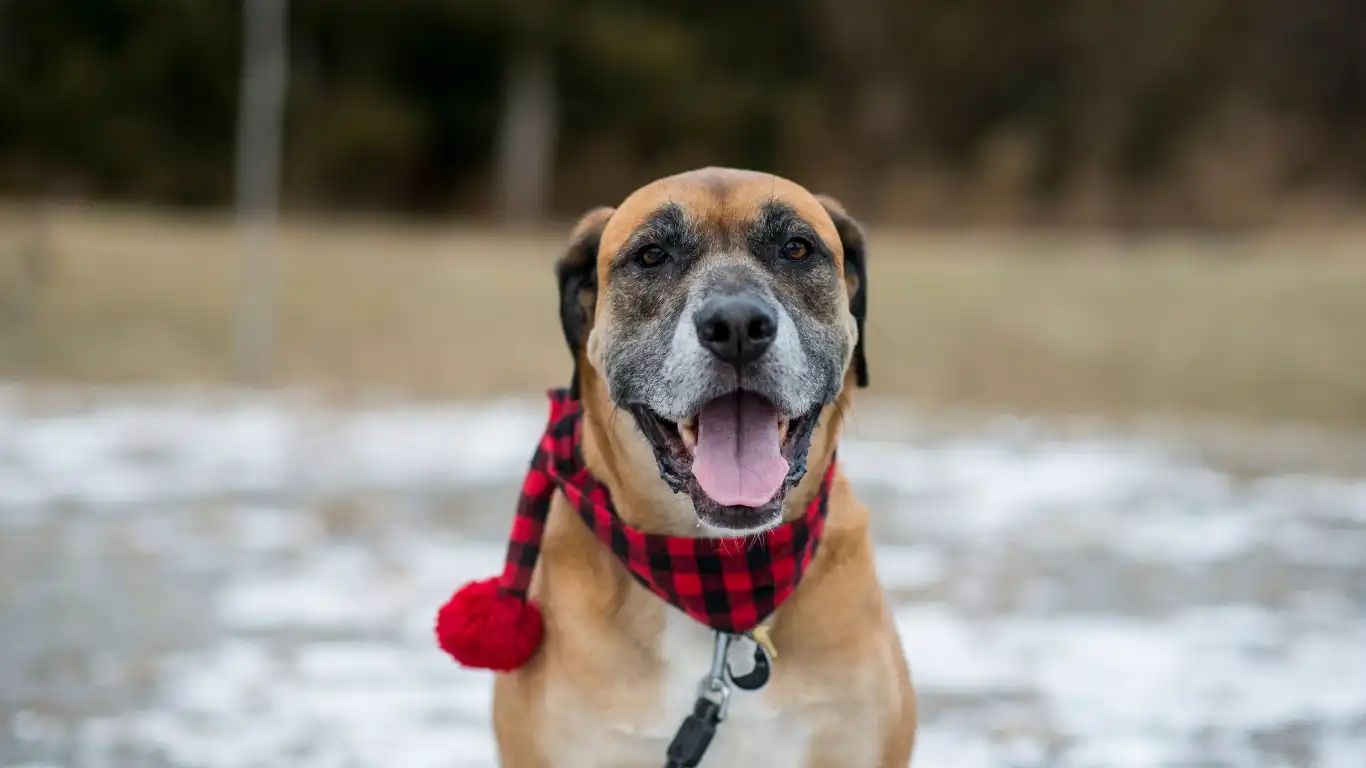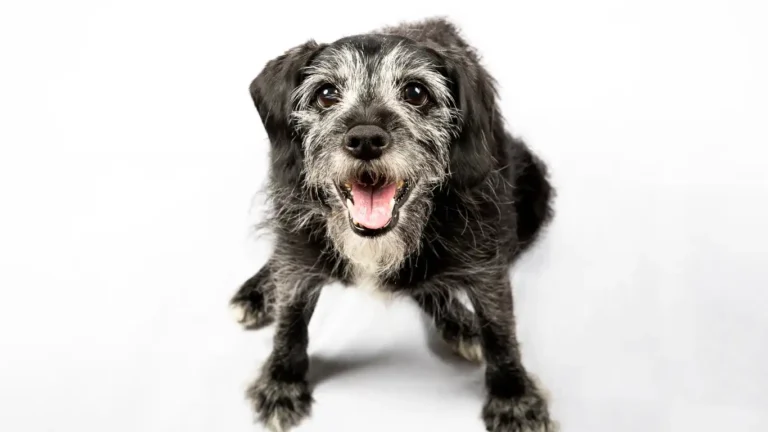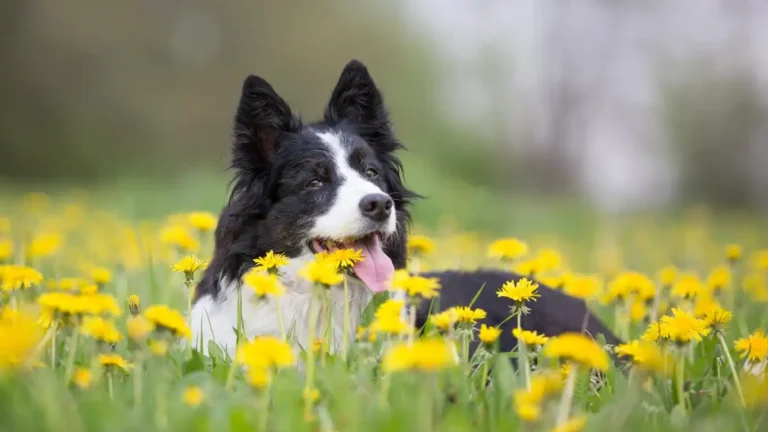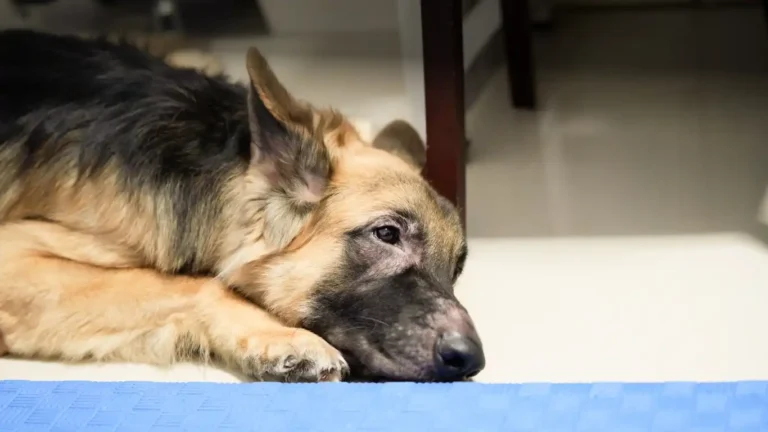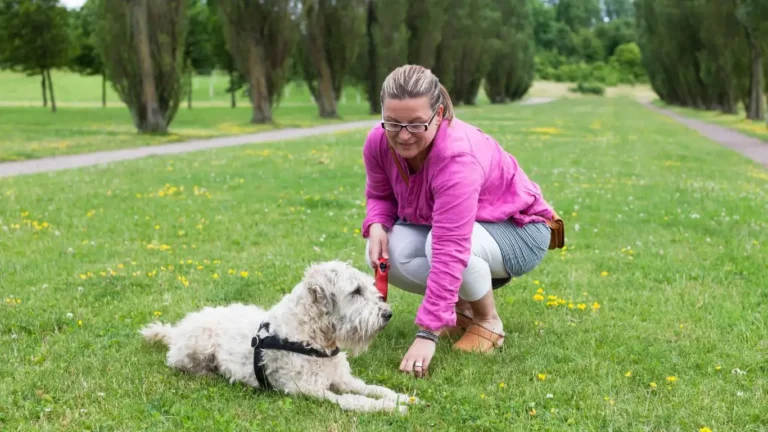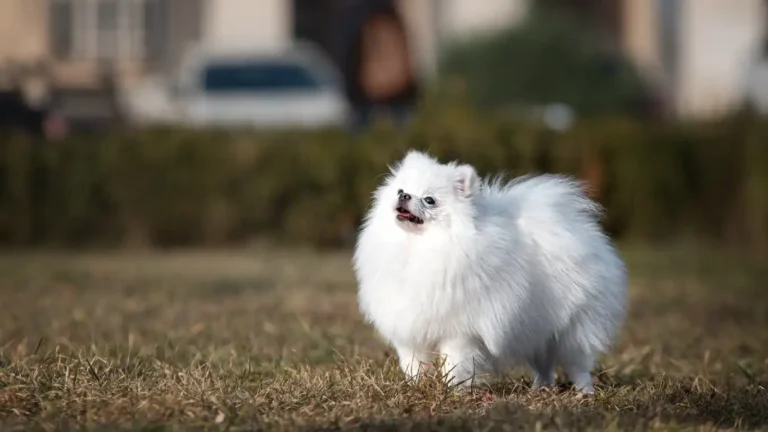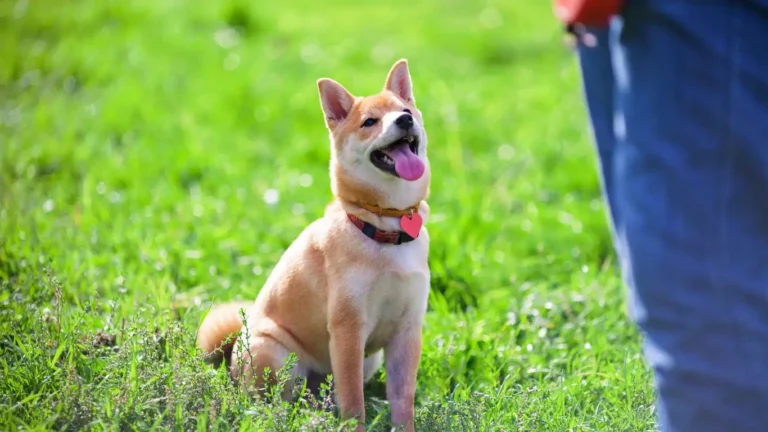How to Teach Your Dog to Relax on a Mat Like a Pro
Ever feel like your dog has an internal motor that just won’t quit? Whether you’ve got a high-energy shepherd, a nosy beagle, or a velcro pittie who follows you everywhere, knowing how to teach your dog to relax on a mat can be a game changer. Trust me, as someone who’s spent years in vet clinics working with stressed-out dogs and their frazzled humans, this one simple skill can bring a surprising amount of peace into your home—and your pup’s life.
Why Mat Training Is More Than Just a Cute Trick

I used to think teaching a dog to lie down on a mat was just something trainers did to show off. That changed when I worked with a senior rescue dog named Marley. He’d pace constantly, whining, no matter what we tried. A behaviorist introduced me to mat training, and wow—game changer. It gave Marley a “home base,” a safe, calm zone he could retreat to. That’s when I realized: this isn’t about obedience. It’s about helping your dog feel grounded.
Mat training is one of those underrated skills that benefits dogs of all temperaments. Whether you’re trying to calm down an anxious pup, teach better manners during meals, or just give your dog a job to do while guests are over, this is one of the most versatile tools in your dog training toolbox.
What You Need to Get Started
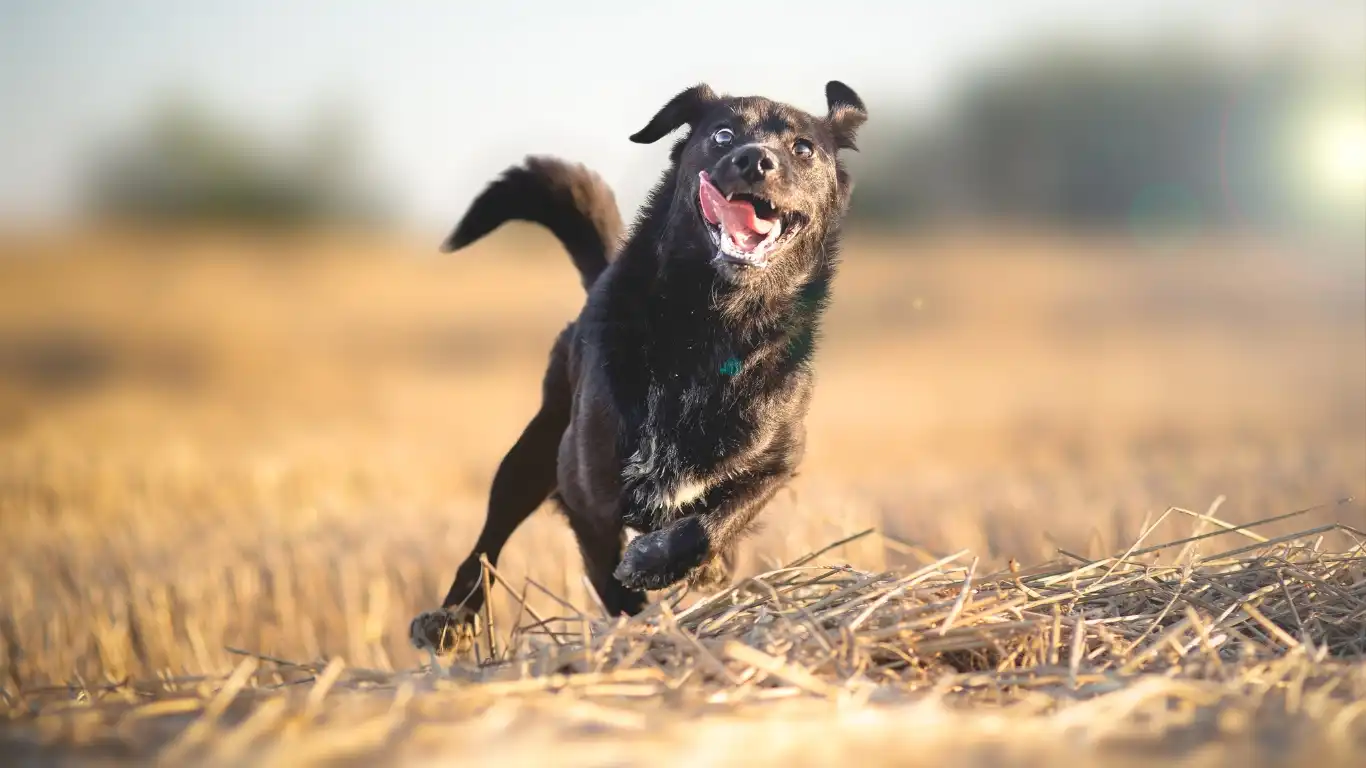
Pick the Right Mat
Let’s start with the basics. Your dog’s mat doesn’t have to be fancy, but it should be:
- Comfortable enough to lay on for extended periods
- Non-slip, especially if you have hardwood or tile floors
- Easy to move around (you’ll want to train in different environments later)
I personally love using a lightweight orthopedic mat or even a portable yoga mat. Just make sure it’s something your dog can clearly distinguish from the rest of the floor.
Rewards Matter
Have treats handy—high-value treats. We’re talking about the good stuff: bits of boiled chicken, freeze-dried liver, or a little string cheese if your pup can tolerate dairy. This isn’t the time for dry kibble, especially at the beginning. The better the reward, the quicker your dog will catch on.
How to Teach Your Dog to Relax on a Mat: Step-by-Step
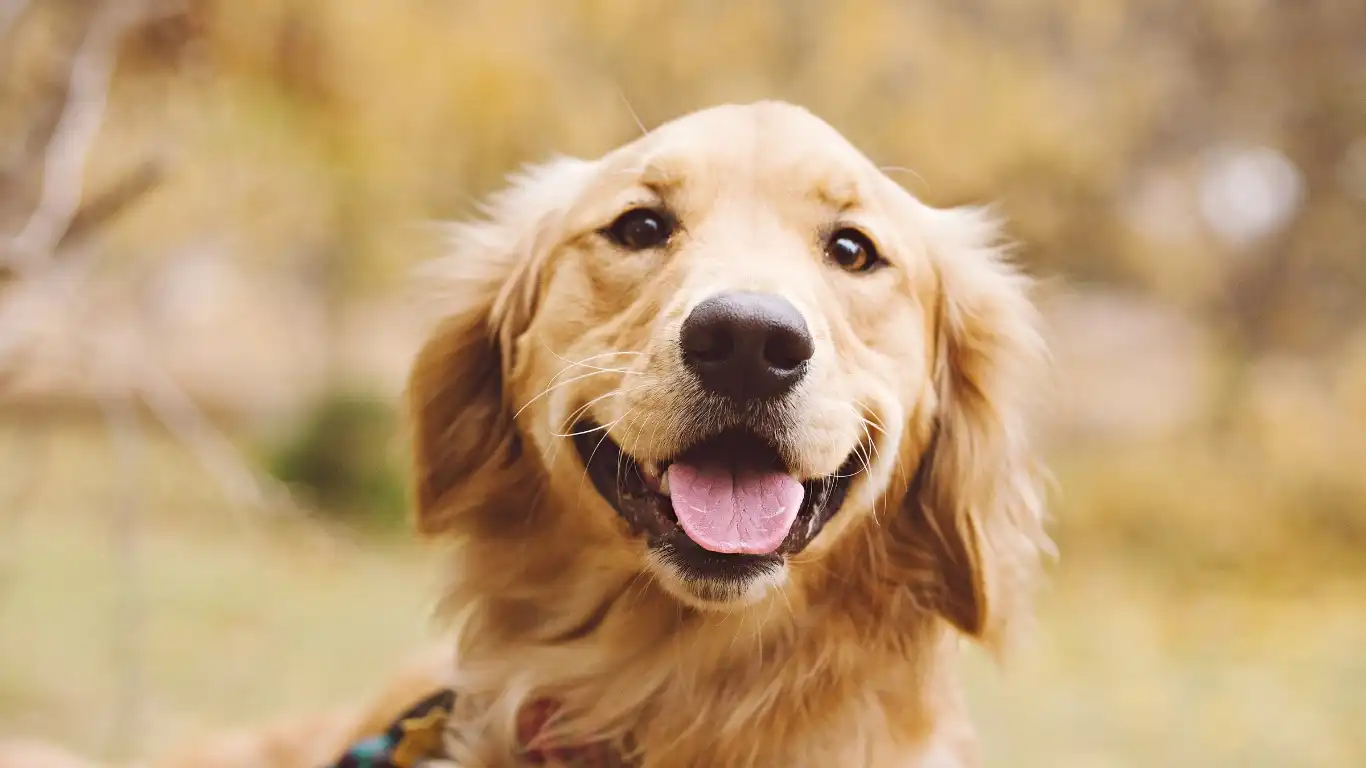
Step 1: Introduce the Mat
Lay the mat on the floor and let your dog investigate it without pressure. Reward them for simply showing interest—looking at it, sniffing, stepping on it.
Pro Tip from My Vet Tech Days: If your dog is a bit hesitant, sprinkle a few treats directly on the mat to lure them on. For some dogs, the novelty of a new object can be intimidating at first, and that’s totally normal.
Step 2: Reward Calm Behavior
Once your dog is willingly stepping onto the mat, wait for moments of calm—standing still, sitting, or ideally, lying down. The moment they do, reward generously. Say something like “yes” or “good mat” in a calm tone, and give a treat directly on the mat.
Step 3: Add a Cue
Once your dog consistently goes to the mat, add a verbal cue like “Go to your mat” or “Place.” Keep your tone soft and inviting. I usually pair this with a hand signal—like pointing or an open palm toward the mat.
Step 4: Build Duration
This is where the magic happens. Start rewarding your pup for staying on the mat for longer periods. At first, this might mean giving a treat every few seconds while they lie there. Gradually increase the time between rewards. If they get up—no big deal! Just calmly guide them back and try again.
Important: Keep training sessions short—five minutes is perfect. Multiple mini-sessions throughout the day are way more effective than one long, drawn-out one.
Common Mistakes to Avoid
I’ve seen pet parents (and yes, even seasoned trainers) get stuck on a few common issues. Here’s what to watch out for:
- Rushing the Process: Don’t expect your dog to stay on the mat for 20 minutes on Day 1. Build slowly.
- Inconsistent Cues: Stick with the same word or gesture every time. Switching it up just confuses your pup.
- Overusing the Mat: This is your dog’s zen zone—not a time-out corner. Keep the mat a positive place, not a punishment.
Mat training should feel like a retreat, not a job. When you frame it as their safe space, your dog will naturally start to seek it out when they’re feeling overwhelmed or just want to chill. And honestly, watching that happen for the first time? Totally worth every minute of effort.
Taking Mat Training to the Next Level

Once your pup’s got the basics down and is lounging on their mat like a little zen master, it’s time to raise the bar a bit. I always tell pet parents, “It’s not just about lying down—it’s about staying calm no matter what’s happening around them.”
Think of it like this: your dog isn’t learning a trick—they’re building a life skill. And just like us humans, dogs don’t generalize well. Just because your dog can chill on a mat in the living room doesn’t mean they’ll do it when the doorbell rings or your toddler is playing nearby with a squeaky toy.
Practice in Different Environments
This is where it starts to get fun (and sometimes hilarious). Try moving the mat to different rooms. Practice outside on the porch, or even at a pet-friendly café. I once took a foster pup named Bruno, a goofy Boxer mix, to a brewery with his mat. He plopped right down like he owned the place. The mat gave him something familiar in a new environment—and it kept him from jumping on strangers to say hi.
Add Distractions Gradually
Here’s where I’ve seen people get tripped up: they introduce too many distractions too soon. You want to start small. Try walking around the room while your dog is on the mat. Then toss a toy nearby. Eventually, work up to real-life situations, like:
- The vacuum running
- Guests coming over
- The doorbell ringing (a big one!)
- Another pet walking by
Pro Tip: Keep the rewards coming during this phase. If your dog even glances at the distraction but chooses to stay put, jackpot! Mark it and reward. That’s gold.
Creating a Calm Ritual for Everyday Life

Once your dog understands that the mat is their chill zone, you can start integrating it into daily routines. Honestly, this is when it really starts to pay off.
Meal Times
If you’re anything like me, trying to eat dinner with a drooling dog staring you down is… less than peaceful. Teach your dog to go to their mat while the family eats. Over time, just placing the mat down might cue them to settle, no commands needed. It’s like magic—except it’s training and trust, not a wand.
When Guests Arrive
We all have that one friend who “doesn’t mind dogs jumping up”—but let’s be real, not everyone wants a 70-lb golden retriever saying hello with full-body contact. Have your dog go to their mat when someone knocks or walks in. Eventually, it becomes their default response to excitement. And yes, it’s super impressive to guests too.
Vet Visits and Travel
This is where my background as a vet tech really comes into play. Dogs that have been mat trained often handle vet visits so much better. I’ve seen anxious pups settle right onto a towel on the exam table because it felt like their mat at home. Same goes for car rides, hotel stays, and even boarding facilities.
What If My Dog Just Won’t Stay on the Mat?
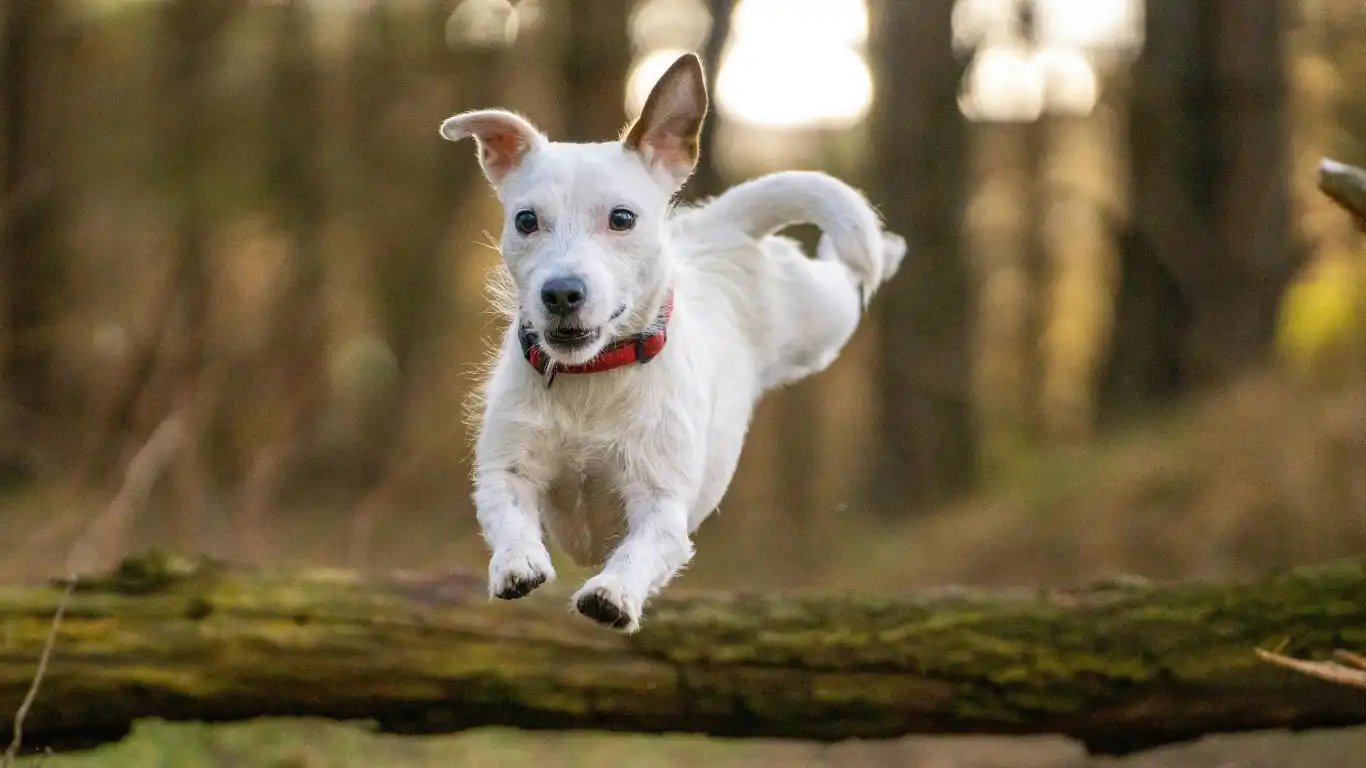
Yep—some dogs are wigglier, more anxious, or just not super into the whole “stay still” idea. Don’t worry. I’ve been there. Here’s what’s helped in the past:
- Revisit the Basics: If your dog keeps popping off, go back a step. Reward for just lying down. Build from there.
- Shorter Sessions: If your dog gets fidgety, you might be asking too much too soon. Keep it brief and end on a win.
- Reinforce Calm Energy: Don’t just reward position—reward state of mind. A relaxed body, soft eyes, deep breathing? Treat that like gold.
I worked with a cattle dog mix who couldn’t hold still for anything. Turns out, she just needed a more gradual pace and a quiet space to train. Within a couple of weeks, she was curling up on her mat while her family cooked dinner. Slow and steady really does win the race with this one.
Signs That It’s Working
So how do you know when your mat training is starting to click? Here are a few clues I look for:
- Your dog walks to the mat on their own without being told
- They start to visibly relax—sighing, stretching, rolling to one hip
- They stay on the mat even when there’s stuff going on around them
Honestly, one of my favorite moments is when a dog chooses the mat over pacing, barking, or demanding attention. That’s when you know you’ve created a sanctuary for them. Not just a square on the floor—but a place to breathe, reset, and feel safe.
Building Confidence and Independence Through Mat Training

One of the most rewarding aspects of teaching your dog to relax on a mat is watching their confidence blossom. It’s not just about obedience; it’s about giving your dog the tools to navigate the world with a sense of security and independence. I’ve seen anxious pups transform into calm companions simply because they had a designated space to retreat to when things got overwhelming.
Take, for instance, a rescue dog named Luna I worked with. She was terrified of new environments and would often shut down during vet visits. By incorporating her mat into our sessions, she began associating it with safety and comfort. Over time, Luna started to relax more quickly, even in unfamiliar settings. Her mat became her anchor, providing a consistent and reassuring presence amidst the chaos.
Encouraging Autonomy
Mat training empowers dogs to make choices. Instead of constantly directing their behavior, you’re giving them the opportunity to decide to settle down on their own. This autonomy fosters a sense of independence and can reduce attention-seeking behaviors. As noted by the International Association of Animal Behavior Consultants, mat work can be an effective component in behavior modification strategies, helping dogs develop self-control and resilience.
Integrating Mat Training into Daily Life
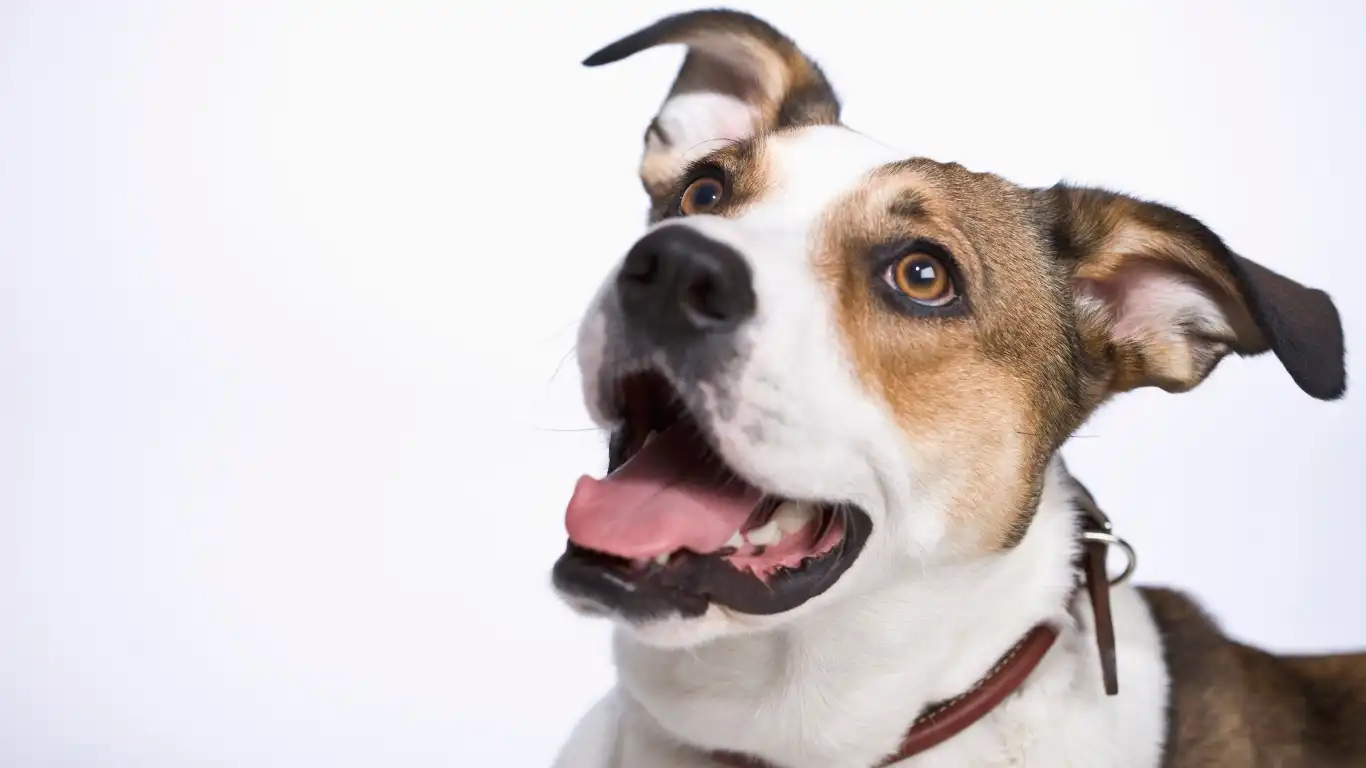
Once your dog is comfortable with mat training, it’s time to weave it into your daily routines. Here are some practical applications:
- During Meals: Encourage your dog to relax on their mat while the family eats, reducing begging and promoting calmness.
- When Guests Arrive: Have your dog settle on their mat to prevent jumping and overexcitement.
- At the Vet: Bring the mat along to provide a familiar comfort during appointments.
- In Public Spaces: Use the mat in parks or cafes to help your dog stay relaxed in stimulating environments.
Remember, consistency is key. The more you incorporate the mat into various scenarios, the more your dog will associate it with relaxation and safety.
Addressing Challenges and Maintaining Progress
Like any training, mat work may come with its hurdles. Some dogs may initially resist staying on the mat, especially in high-distraction environments. Here’s how to tackle common issues:
- Start Small: Begin training in a quiet, familiar space before gradually introducing distractions.
- Use High-Value Rewards: Reinforce desired behavior with treats your dog finds irresistible.
- Be Patient: Progress may be slow, but consistency and positive reinforcement will yield results.
- Seek Professional Guidance: If challenges persist, consider consulting a certified dog trainer or behaviorist.
Maintaining progress involves regular practice and reinforcement. Celebrate small victories and continue to challenge your dog with new scenarios to strengthen their mat training skills.
References
- How to Mat Train Your Dog (and Why You Should!) – Scott’s School for Dogs
- Using Mat Work Training in Behavior Modification – IAABC Journal
- What is Mat Training for Dogs and How Do You Train It? – Khris Erickson
- The Benefits of Place Training for Dogs – Pooches At Play
Disclaimer
The information provided in this article is based on personal experiences and research in the field of veterinary nursing and dog training. It is intended for educational purposes and should not replace professional veterinary advice. Always consult with a qualified veterinarian or certified dog trainer for personalized guidance tailored to your dog’s specific needs.
